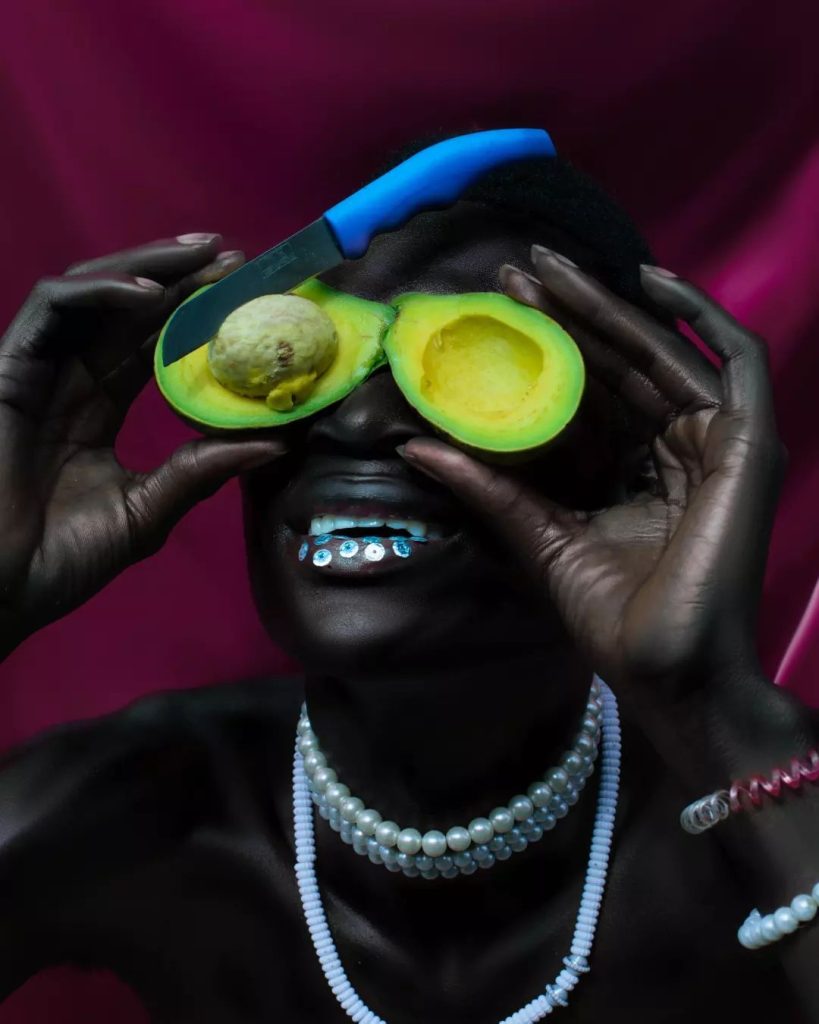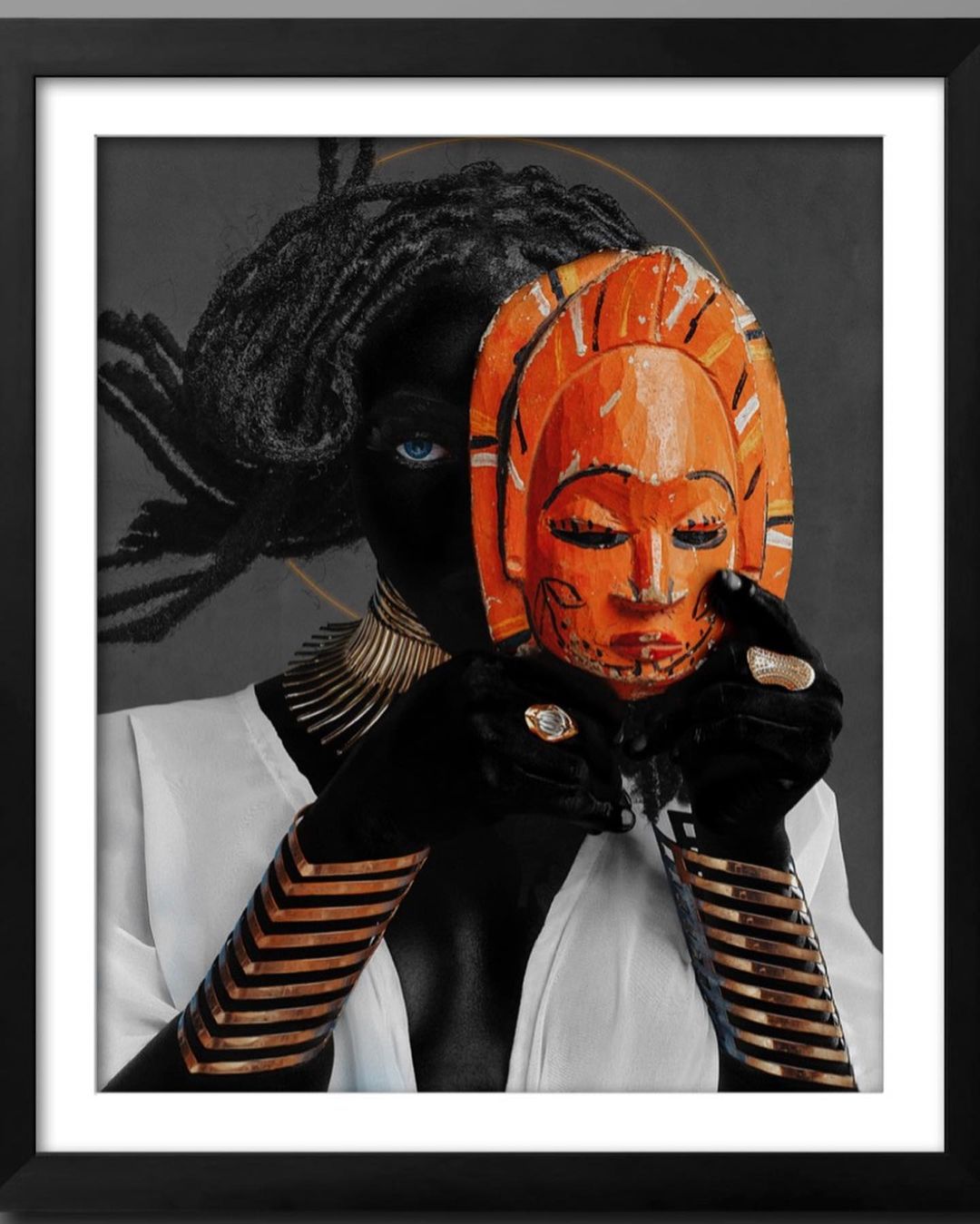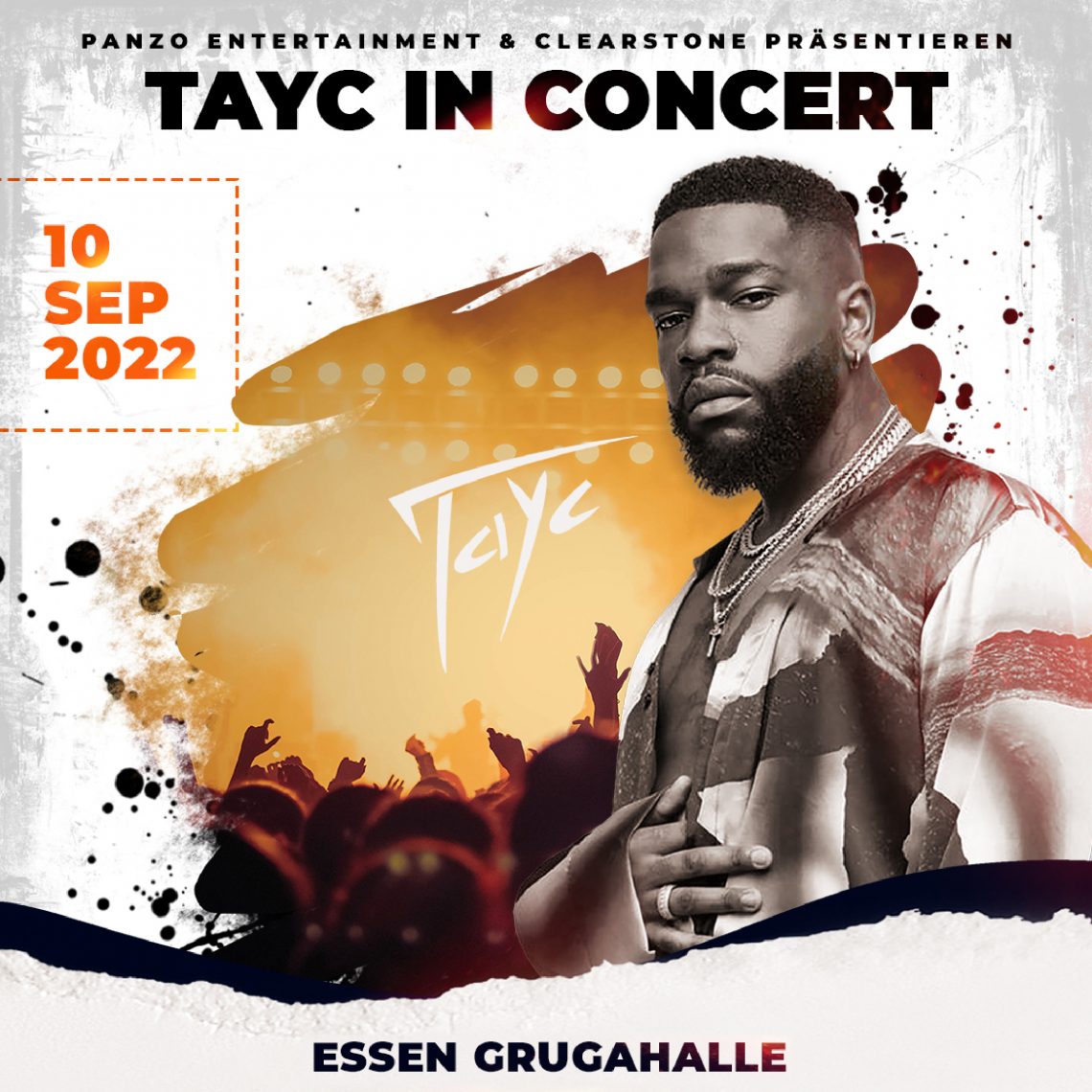If you’d ask 100 people what art is today, you would get 100 different answers. Some would categorically describe it as paintings and drawings, or a fusion of colors, and for some, a water color painting is simply what would come to mind. In my opinion, I think we discover new ways to define art each waking day. From the onset of consciousness during childhood, everything beautiful that we could comprehend visually could fit the description of what art is. From the lure of nature; its trees, animals, clouds and the ocean of course! To the colors we’d paint with in kindergarten, along with the games we played and the languages we were taught growing up. Each of these activities struck as dreamy and called for some level of creative and imaginative expression to partake and comprehend.
As time went by, we began to label what art is and isn’t based on the themes society laid upon us-to be defined as art. Consequently, a wall art print qualified more as ‘art’ compared to a messy pool of mud made by some happy kids, similarly, famous artists’ work ranked more artsy than a simple connect-the-dots drawing would. This is a circumstance that has unconsciously been buried in a lot of people’s mindset around the world, but quite rarely not in Africa
Oftentimes identified as the land of innovation, people in Africa have seamlessly always found a way to make things work, and the field of art is not an exception. Our ancestors laid down the ingenious blueprint through creative rock art, handmade jewelry, pottery along with body art; which was appreciated in many different indegineous communities. Their intention for art was not just a recreational affair, but also to improve day-to-day societal functionality. Sculptures in Africa would be used as decor pieces for royal spaces, as landmarks and even more interestingly as seats for elders. Fish bones similarly were not only used to make jewelry ornaments that protected the wearer against evil, but also to make combs for the uniquely textured afro-hair. New age artists from the continent don’t fall far from the tree. Even with limited resources, their ability to embellish the intended message with color, imagery and vigor is just surreal. Concept art is on a thriving come up in Africa- especially now with the ever raging wildfire called social media which can propagate your art projects to the next willing buyer/investor.
Bolingo aims to bridge the gap between lovers and makers of Afro-centric art in Africa and the diaspora through our newly launched E-commerce platform. Breath through the stunning digital illustrations and images today; you never know, you could stumble across your next coveted mural.
By Sheila Makena.




